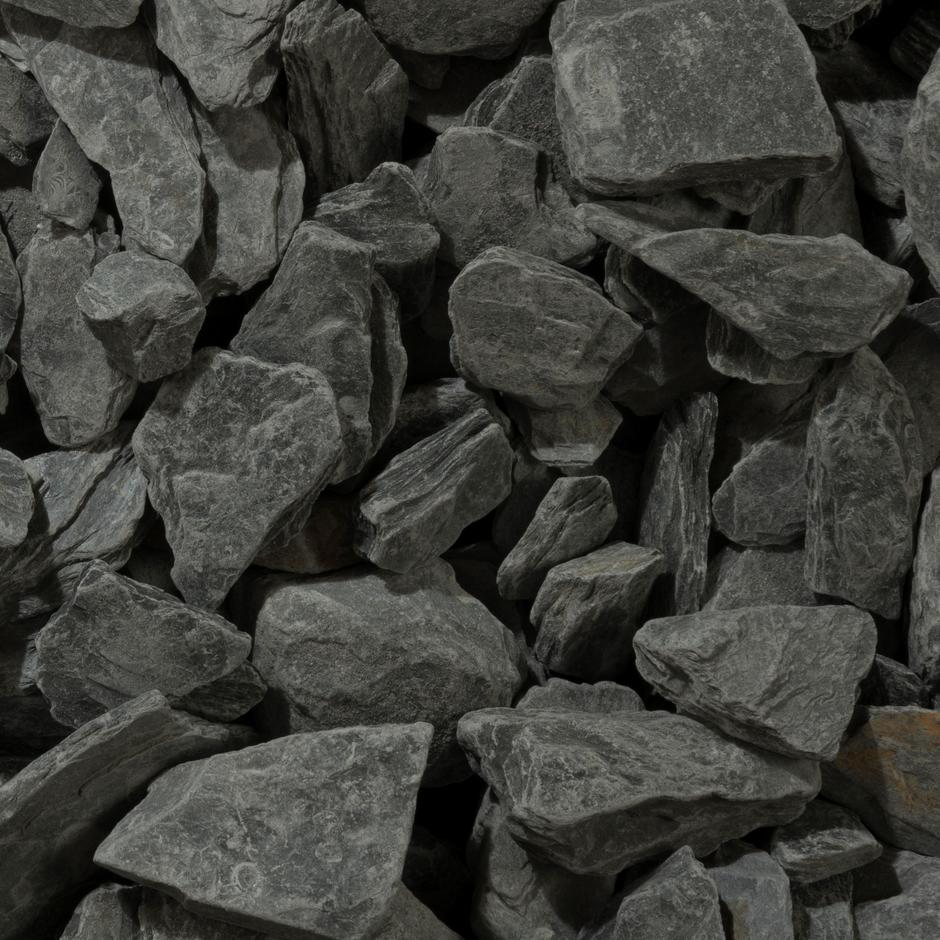Introduction:
In the realm of luxury design, cultured stone has made a significant impact, redefining elegance and opulence in architectural and interior spaces. With its ability to replicate the natural beauty of various stone types, luxury cultured stone has become a favored choice among homeowners, architects, and designers alike. This article will explore the captivating world of luxury cultured stone, delving into its history, manufacturing process, benefits, and its versatile applications in creating truly breathtaking spaces.
1. The Origins and Evolution of Luxury Cultured Stone:
1.1 The Emergence of Cultured Stone:
The concept of cultured stone can be traced back to ancient civilizations, where craftsmen sought to recreate the grandeur of natural stone through artificial means. Fast forward to the 20th century, and the introduction of modern manufacturing techniques brought about a revolution in the cultured stone industry. This breakthrough allowed for the creation of high-quality, durable, and realistic stone replicas that became known as luxury cultured stone.
1.2 Advancements in Technology:

With the advent of innovative technologies, such as 3D printing and advanced molding techniques, luxury cultured stone has reached new heights of authenticity. These advancements have allowed manufacturers to produce cultured stones that closely mimic the texture, color, and patterns found in natural stone, while offering greater durability and ease of installation.
2. The Manufacturing Process:
2.1 Materials Used:
Luxury cultured stone is typically composed of lightweight aggregates, natural pigments, and a binding agent, such as cement or resin. Porcelain mosaic tile for shower floors are carefully selected to ensure durability, weather resistance, and an authentic appearance.
2.2 Molding and Texturing:
To create the desired stone replicas, molds are first created using real stones as references. The molds are then filled with the prepared mixture and carefully cured to achieve the desired strength. Through meticulous attention to detail, manufacturers are able to replicate the unique texture and intricate patterns found in natural stone.
2.3 Finishing Touches:
Once the stones have cured, they undergo various finishing processes, including hand-painted detailing and staining. These techniques further enhance the authenticity and beauty of the cultured stone, allowing for a seamless integration with surrounding natural elements.
3. The Benefits of Luxury Cultured Stone:
3.1 Aesthetic Appeal:
Luxury cultured stone offers an unmatched aesthetic appeal, providing the timeless elegance of natural stone without the associated cost and maintenance. With a wide range of stone options available, including marble, limestone, travertine, and granite, homeowners and designers have the freedom to create stunning visual compositions tailored to their preferences.
3.2 Durability and Longevity:
Compared to natural stone, luxury cultured stone is highly durable and resistant to weathering, making it an ideal choice for both indoor and outdoor applications. Its resistance to fading, cracking, and chipping ensures that the beauty of the stone will endure for years to come.
3.3 Cost-Effectiveness:
One of the main advantages of luxury cultured stone is its affordability when compared to natural stone. The manufacturing process allows for greater control over production costs, resulting in a more budget-friendly option for those seeking the elegance of stone without breaking the bank.
3.4 Easy Installation:
Luxury cultured stone is designed for easy installation, whether it be for a fireplace surround, an exterior façade, or an accent wall. Its lightweight nature minimizes the need for additional structural support, reducing installation time and costs.
4. Versatile Applications of Luxury Cultured Stone:
4.1 Interior Design:
In interior spaces, luxury cultured stone adds a touch of sophistication and grandeur. From feature walls and backsplashes to fireplace surrounds and flooring, the application possibilities are endless. Its versatility allows for the creation of both classic and contemporary designs, ensuring a seamless integration with various interior styles.
4.2 Exterior Façades:
Luxury cultured stone is a popular choice for enhancing the exterior façades of residential and commercial buildings. Whether used as cladding for the entire building or as accents to highlight architectural features, cultured stone adds a sense of luxury and prestige to any structure.
4.3 Landscape Design:
Luxury cultured stone also finds its place in landscape design, where it can be used to create stunning outdoor living spaces, garden walls, and pathways. Its ability to withstand harsh weather conditions makes it an excellent choice for creating durable and visually appealing hardscapes.
5. Maintenance and Care:
5.1 Cleaning:
Maintaining luxury cultured stone is relatively simple, requiring regular cleaning with mild soap and water. Avoid harsh chemicals or abrasive cleaners, as they may damage the stone's surface.
5.2 Sealing:
To further protect the cultured stone and enhance its longevity, applying a high-quality sealant is recommended. This helps to prevent staining and ensures that the stone maintains its pristine appearance.
Conclusion:
Luxury cultured stone has revolutionized the way we perceive and incorporate stone into architectural and interior design. With its ability to mimic the beauty of natural stone, coupled with enhanced durability and cost-effectiveness, cultured stone has become a go-to choice for those seeking to create luxurious and captivating spaces. Whether used indoors or outdoors, in Stone veneer for unique textures or contemporary settings, luxury cultured stone offers endless design possibilities that transcend time and leave a lasting impression of elegance and refinement.
